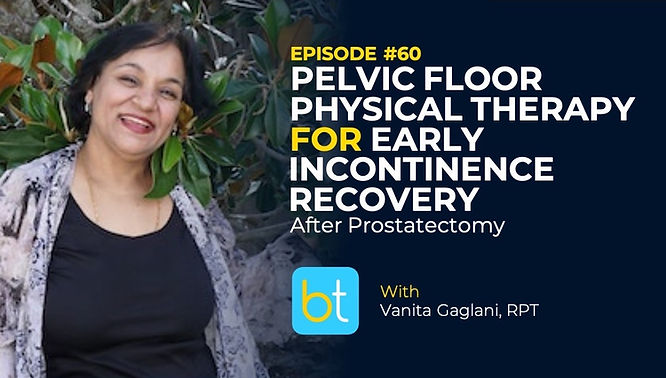BackTable / Urology / Topic / Condition
Post-Prostatectomy Incontinence
Listen to leading physicians discuss Post-Prostatectomy Incontinence on the BackTable Podcast. Get tips, tricks, and expert guidance from your peers and level up your practice.
Stay Up To Date
Follow:
Subscribe:
Sign Up:
More Post-Prostatectomy Incontinence Podcasts
Post-Prostatectomy Incontinence Articles
Read BackTable articles on Post-Prostatectomy Incontinence, packed with practical insights for practicing physicians.
Post-Prostatectomy Incontinence Demos
Watch video walkthroughs of Post-Prostatectomy Incontinence on the BackTable Urology expanded content network.
Post-Prostatectomy Incontinence Tools
Post-Prostatectomy Incontinence apps, calculators, and decision aids to assist you in your day to day practice.
Disclaimer: The Materials available on https://www.BackTable.com/ are for informational and educational purposes only and are not a substitute for the professional judgment of a healthcare professional in diagnosing and treating patients. The opinions expressed by participants of the BackTable Podcast belong solely to the participants, and do not necessarily reflect the views of BackTable.




